In a world where electronics and machinery are exposed to diverse and often harsh environmental conditions, ensuring their durability and functionality is crucial. Ingress Protection (IP) certification serves as a key measure of an equipment’s resilience against dust, water, and other particles. But before your products can earn that trusted IP rating, there’s a set of essential documentation you need to gather. This guide will walk you through the necessary paperwork for ingress protection certification, ensuring you’re well-prepared for the certification process.
Understanding Ingress Protection Certification
Ingress Protection certification, as defined by the international standard IEC 60529, assesses how well an enclosure protects against solids (like dust) and liquids (like water). The certification process involves rigorous testing to determine the level of protection an enclosure provides. This is where accurate and comprehensive documentation becomes vital.
Essential Documentation for Ingress Protection Certification
Product Specifications and Technical Data
Start by compiling detailed product specifications and technical data sheets. This documentation should include:
- Design Drawings: Detailed drawings or schematics of the product, highlighting the enclosure design and any critical components.
- Material Specifications: Information about the materials used, including their properties and how they contribute to the product’s protection levels.
- Assembly Instructions: Clear instructions on how the product is assembled, which helps assess potential vulnerabilities in the assembly process.
Example: For a smartphone manufacturer, the documentation should include design drawings of the phone’s casing and descriptions of any seals or gaskets used to protect against dust and water ingress.
Manufacturing Process Details
Provide an overview of the manufacturing process, including:
Production Methods: Describe the techniques and processes used to manufacture the product.
Quality Control Procedures: Documentation on how quality is maintained throughout the production process, including any testing or inspections conducted.
Example: A manufacturer of outdoor lighting fixtures should detail their process for sealing and testing their enclosures during production to ensure they meet IP standards.
Previous Test Reports
If the product has undergone any preliminary or internal tests, include these reports. They provide insight into the product’s performance and any modifications made before seeking official certification.
Example: For a consumer electronics company, previous internal water resistance tests conducted on prototypes can provide valuable information on the product’s ability to withstand water ingress.
Compliance Statements
Include any existing compliance statements or certifications that your product already holds. These documents can support your application by demonstrating adherence to other relevant standards.
Example: If your product already complies with certain safety standards, such as CE or UL certifications, include these documents to show that it meets additional quality and safety criteria.
Detailed Test Plans
Provide a detailed plan of the tests you intend to perform or have performed. This plan should outline:
- Test Conditions: The specific conditions under which the tests will be conducted, including temperature, pressure, and exposure duration.
- Testing Equipment: Information about the equipment used to carry out the tests and its calibration status.
Example: For a water-resistant smartwatch, the test plan should detail the immersion depths and times, as well as the equipment used to measure ingress.
User Manuals and Instructions
Include user manuals and installation instructions. These documents are important as they help testers understand how the product is intended to be used and maintained, which can affect its performance and protection levels.
Example: For an industrial control panel, provide a manual detailing proper installation procedures and maintenance recommendations to ensure the panel’s ingress protection remains effective.
Securing ingress protection certification is a critical step in ensuring your product can withstand challenging environments. By preparing and submitting the right documentation, you not only streamline the certification process but also demonstrate your commitment to quality and durability. From technical specifications to test plans, each document plays a crucial role in verifying your product’s reliability.


